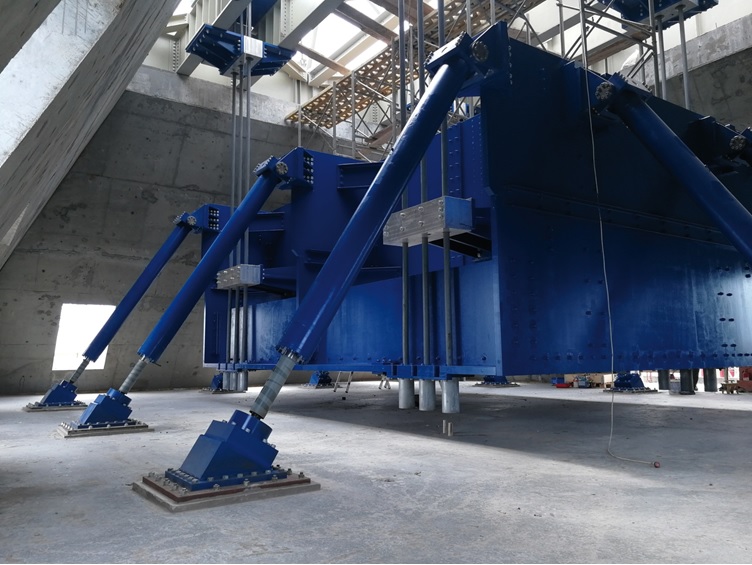
Protection of Buildings from Earthquakes
Earthquakes are natural disasters that may cause significant damage to the earth's surface and lead to human casualties. Protecting buildings from earthquakes is vital to minimizing deaths and loss of property. Here, we will discuss how to protect buildings from earthquakes, existing technologies, and engineering techniques.
Impact of Earthquakes
Earthquakes occur due to the sudden movement of the earth's crust and cause vibrations on the earth's surface. These vibrations damage buildings and infrastructure. As a result of earthquakes, great problems arise such as building collapses, damage to electrical and water supply lines, and the destruction of roads and bridges.
Earthquake Protection Methods
1. Structural Design:
- Elastic Design: Increasing the elasticity of buildings allows them to return to their original position after an earthquake. This can be achieved through the proper choice of materials and structural design.
- Specially Designed Concrete and Steel: Using high-strength materials such as concrete and steel increases the strength of the building's structure. These materials better withstand the forces generated by earthquakes.
- Conditional Analysis: Structural analysis and building modeling allow for determining areas that may be damaged during earthquakes, and specific measures are taken to protect them.
2. Earthquake Protection Isolators:
- Foundation Isolators: Isolators installed on the building's supports reduce the impact of earthquake-induced vibrations on the building. These isolators absorb earth movements, ensuring the protection of buildings against shocks.
- Dampers: Energy-absorbing dampers limit the displacement of the building during jars, preventing structural damage.
3. Intensive Repair and Reinforcement:
- Reinforcement Technologies: Special methods are used to strengthen existing buildings against earthquakes. These methods include the installation of additional structural elements and the reinforcement of walls and foundations.
- Maintenance and Repair: Regular maintenance and repairs of buildings ensure timely identification and correction of parts damaged during earthquakes.
4. Law and Standards:
- Earthquake-Resistant Construction Laws: The implementation of laws and standards for earthquake-resistant construction ensures the increased resilience of buildings to earthquakes.
- Certification and Control: Appropriate certification and control systems ensure compliance with standards during the construction of buildings.
Conclusion
Protecting buildings from earthquakes is crucial for minimizing consequences and protecting human lives. Modern engineering techniques and technologies may enhance the structural strength of buildings and ensure safety during earthquakes. The implementation of laws and standards also ensures more reliable from this standpoint construction.